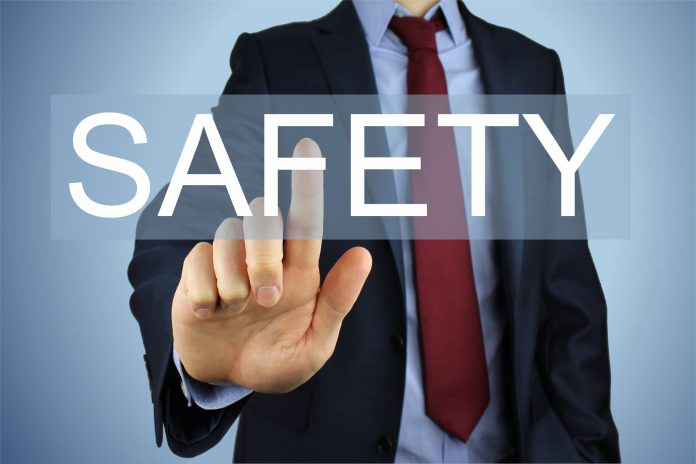In every type of manufacturing setting, worker and employer safety is of paramount importance. While many other safeguards are in place to protect workers, the proper use of safety equipment at the workplace is an extra layer of security. Gloves, helmets, glasses/goggles, boots, earplugs, respirators, and high-visibility gear like reflector jackets are all standard safety solutions in many jobs. Additional UV and infrared light/radiation-specific protective equipment are also widely available.
The Most Frequent Items of Workplace Safety Gear
It’s up to the specifics of the work to determine what tools will be required. Here’s a rundown of some of the most common pieces of safety solutions used in the workplace:
Equipment for safety
The term refers to clothing and footwear designed to protect the wearer from hazards, including chemical spills, asbestos, grease, etc. Clothing of this type is intended for those working in industries that may be exposed to harmful elements, such as the automotive, construction, and chemical industries.
Rubber Hand Protection
Workers can avoid skin contact with hazardous materials and hand injuries using gloves. Industrial safety gloves, rubber gloves for chemical handling, and Kevlar gloves for building and abrasion resistance are just some of the varieties of work gloves available.
Safety equipment, such as aluminised gloves, is crucial in protecting the hands from the wrath of excessive temperature when working in environments where the temperature is either extremely hot or freezing.
Wearing Protective Eyewear
These supplies shield workers’ vision from harmful particles or contagious substances. Different work environments call for different kinds of eye protection, and the market has a wide variety of glasses, goggles, face shields, visors, etc.
The environment may also be physically hazardous due to sharp moving components, frayed wires, poor ladder work, spills, or continual loud noise. Dust and other questionable particles, hot metal splashes, and liquid (mostly dangerous chemical/acid) splashes can all pose an unnecessary risk to your eyes. Threats from gases such as carbon monoxide or, less commonly, gasoline or combustible items should also be considered when buying safety equipment.
In sum, it is fair to state that no matter how careful employers are, there will always be some danger to workers’ safety. Workers must be made aware of the value of safety in the workplace and the positive effects it may have on their productivity and the productivity of the company as a whole.
Servicing and Keeping Inventory
While not in use, safety gear must be stored appropriately. Maintaining its cleanliness and functionality is essential to preventing its rapid obsolescence. Nominating someone to do routine safety checks on the equipment is a practical step in the right direction.
Employees require consistent and thorough training to ensure they utilise safety equipment appropriately in the workplace, even when appropriate safety equipment is provided.
Hazards in the Workplace That Wearing Protective Headgear Can avoid
It’s impossible to completely rid a workplace of potential dangers, but you can lessen the likelihood of harm. Flying or falling items, or caustic compounds like acids, are all potential sources of injury to all body parts. Because ergonomic dangers arise whenever someone is compelled to work in a way that places undue stress on their body, safety precautions are always warranted. Two examples of work that involves heavy lifting or long periods under inadequate illumination are labouring jobs in manufacturing units and warehouses.



















